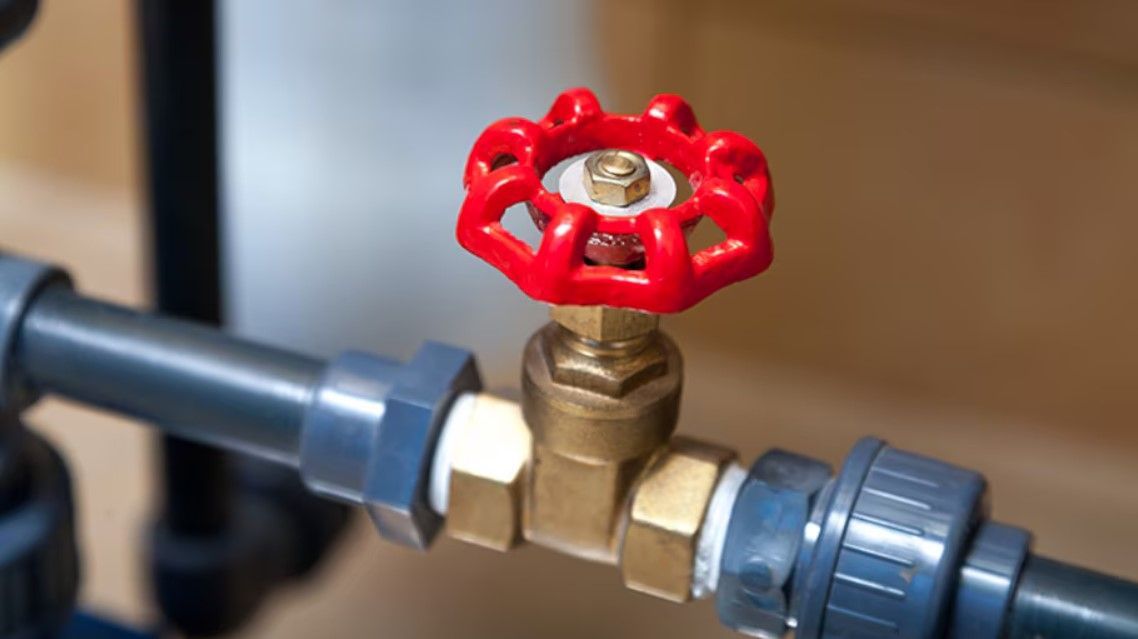
Why water shutdowns matter during plumbing repairs?
When do you need a plumbing access panel?
- Water shutdowns prevent water overflow during plumbing repairs.
- Shutting off water lowers the risk of water damage to property.
- Shut off valves help isolate areas, minimizing disruptions.
- Proper shutdowns ensure safer fixture installations and system upgrades.
When plumbers show up to fix or upgrade systems, one of their first tasks is often turning off the water supply. It might seem inconvenient, but temporary water shutdowns are essential to ensure that repairs and installations go smoothly and safely. Let's explore why these interruptions are necessary and how they help prevent issues like water overflow or the dreaded risk of water damage.
Protecting Your Home From Damage
Plumbing systems carry significant pressure, meaning any sudden disruption—such as a broken pipe or malfunctioning water fixture—can cause serious problems. If water isn't turned off during repairs, the risk of leaks or bursts skyrockets. That’s where the shut off valve comes into play: it’s a crucial tool for cutting off water flow to specific areas, minimizing mess and preventing expensive damage.
Without these valves in place or if they aren’t used correctly during repairs, you could end up dealing with flooding, mold growth, or structural damage caused by unchecked water exposure. A controlled shutdown ensures these risks are managed proactively.
When Water Shutdowns Are Unavoidable
Not all shutdowns are planned. In emergencies—like a major pipe break—water utilities and plumbers may need to act quickly to prevent widespread water overflow. During scheduled work, however, homeowners usually get advance notice so they can prepare. Municipalities emphasize that water supply shutdowns are crucial not only for fixing immediate problems but also for preventive maintenance or upgrades that extend the life of water infrastructure.
Emergency shutdowns may come with little warning, but keeping some water stored (at least a three-day supply) ensures you can manage daily activities until service resumes. It’s a minor inconvenience compared to the alternative: significant property damage and costly repairs.
Ensuring Proper Installation of Fixtures
Installing a new water fixture, such as faucets or toilets, involves connecting to existing plumbing lines. Even a small error—like a misaligned connection—can result in leaks. By shutting off water during installations, plumbers can make adjustments without worrying about water pressure complicating the process.
Additionally, new fixtures often need time to settle and seal properly. Turning the water back on only after everything is correctly aligned avoids premature leaks, giving the components time to perform at their best.
Water Shutdowns Help Avoid Costly Surprises
Imagine a scenario where water isn’t turned off during a repair, and suddenly, water starts pouring from a loosened pipe or fixture. That could lead to immediate flooding and the dreaded risk of water damage—soaked walls, ruined floors, and compromised electrical systems. The temporary disruption of water service may seem like an annoyance, but it’s a proactive step that helps plumbers get the job done right the first time, without unexpected chaos.
Municipal guidelines often recommend running an exterior faucet after service restoration to flush out sediment stirred up during a shutdown. This simple step prevents debris from clogging or contaminating your interior plumbing, ensuring smooth operation going forward.
How You Can Prepare for a Water Shutdown
Whether it’s for repairs at home or maintenance by your water utility, being prepared makes a water shutdown easier to handle.
Here are a few steps to help you stay ahead:
- Identify your shut off valve: Know where your home’s main water valve is located and how to operate it in case you need to cut off water flow quickly.
- Store water in advance: Keep bottled water for drinking and sanitation needs. Experts recommend at least one gallon per person, per day.
- Limit water use post-shutdown: After water is restored, run outdoor faucets first to flush out any sediment that may have accumulated during the disruption.
These proactive measures ensure that even in the face of unexpected shutdowns, your routine won’t be completely derailed.
While water shutdowns may feel inconvenient, they are an essential part of plumbing work and infrastructure maintenance. From preventing water overflow to reducing the risk of water damage, these temporary interruptions are a small price to pay for the long-term safety and reliability of your home’s plumbing. Knowing how to prepare and manage during these events assures that your home and fixtures remain protected, allowing plumbers to complete their work efficiently and without unnecessary complications.
So next time your water supply is shut off for repairs, remember: It’s a vital step in maintaining the health of your plumbing system and avoiding future headaches. Trust that the small inconvenience today will pay off with smoother and safer plumbing for years to come. If you need more information or have an urgent plumbing problem to address, please reach out to the professionals at Superior Plumbing today!
